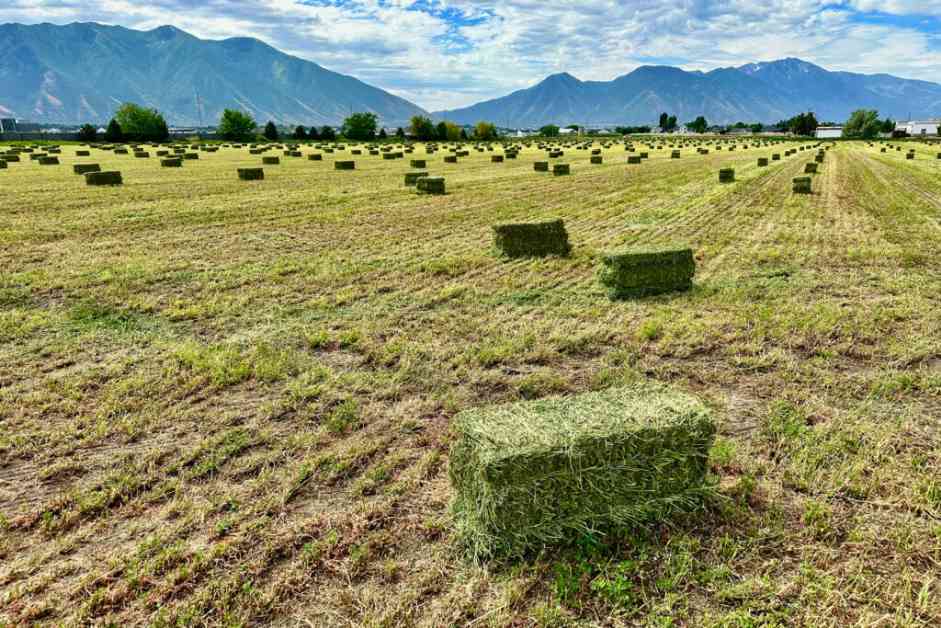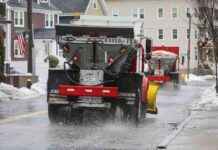Preserving the Great Salt Lake
The Great Salt Lake, the largest saline lake in the U.S., is facing a dire threat – it is shrinking rapidly. Recent research indicates that the key to saving this natural wonder lies in reducing the irrigation of farmland in the region. As climate change and excessive water consumption from the rivers feeding into the lake continue to take their toll, urgent action is needed to prevent irreversible damage.
Understanding the Problem
Over the years, the Great Salt Lake has lost a staggering 70 percent of its water, causing it to cover only half the area it once did. The primary culprit behind this depletion is agriculture, with a significant portion of the water going towards irrigating alfalfa and hay fields that primarily serve cattle. This unsustainable practice has led to a drastic reduction in the lake’s water levels, posing a severe threat to its ecosystem and the surrounding environment.
The Call for Action
Experts, including Oregon State University ecologist William Ripple, emphasize the urgent need to address the issue of water scarcity in the region. The decline of the Great Salt Lake mirrors the larger water crisis facing the American West, highlighting the critical need for sustainable water management practices. Environmentalists have raised concerns about the potential consequences of the lake running dry, warning of public health risks, ecological collapse, and economic losses amounting to billions of dollars.
Solutions and Challenges
To preserve the Great Salt Lake, drastic measures are required, such as reducing diversions from the lake’s water supplies by 35 percent. These efforts would involve changes in agricultural practices, including growing different crops, limiting irrigation, and reducing overall water consumption. While the cost of implementing these changes may seem significant, the long-term benefits far outweigh the financial investment required. Collaboration between states in the Great Salt Lake Basin and additional federal support will be crucial in implementing sustainable solutions to safeguard the lake’s future.
As we confront the pressing issue of water scarcity in the region, it is essential to recognize the shared responsibility we all have in protecting our environment and precious natural resources. By working together and embracing innovative solutions, we can ensure the preservation of the Great Salt Lake for generations to come.














